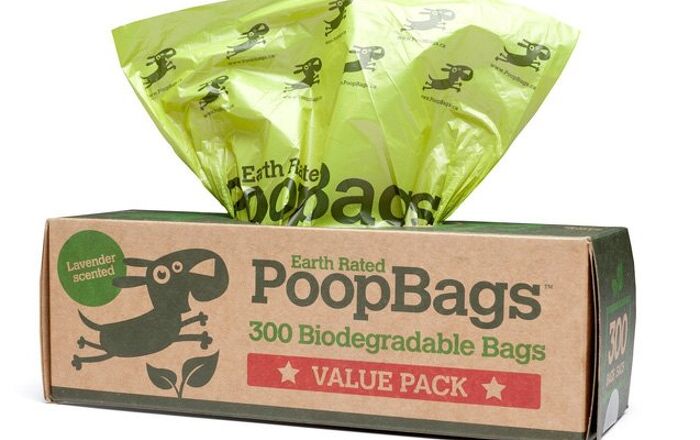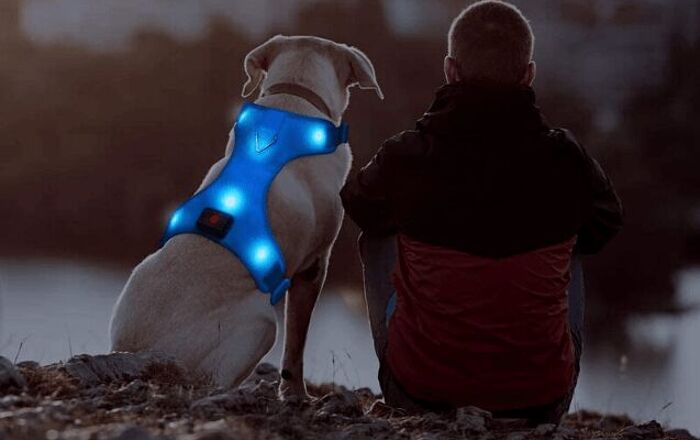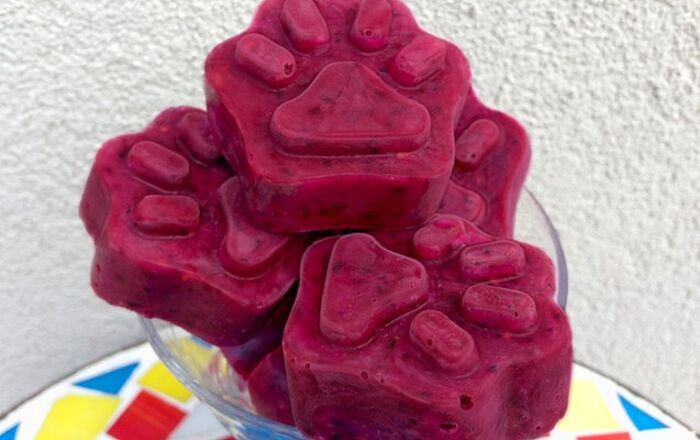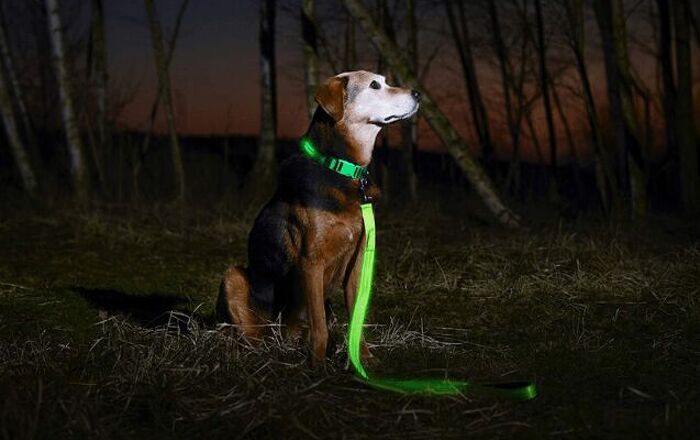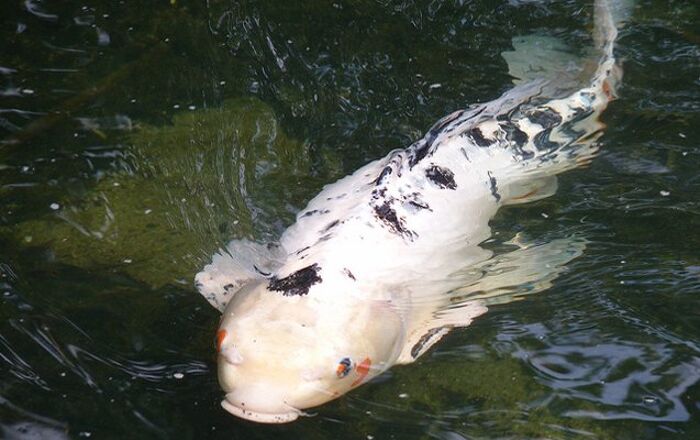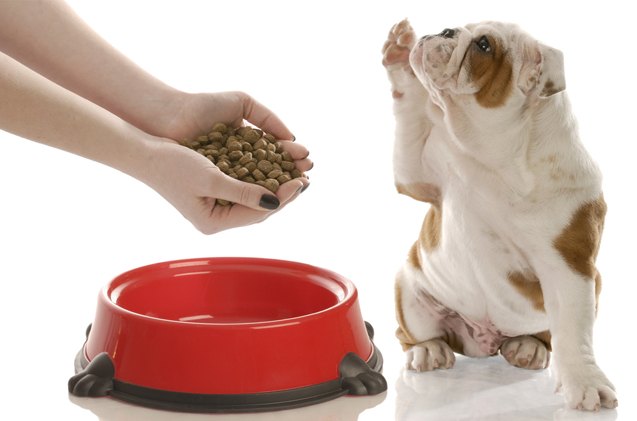
best dog food
Just like people, every dog is unique. Some foods work well for your dogs, while others won’t agree with her tummy. And because you’re in charge of keeping her healthy, it’s up to you to get all the information you can about what goes into her bowl. Let’s go over a few tips to keep in mind when choosing the best dog food for your dog.
Because you’re in charge of keeping her healthy, it’s up to you to get all the information you can about what goes into her bowl.
Know your dog. This one’s easy! Is your dog a small or large breed? How old is she? Is she active or does she like to lounge around on the couch all day? These are criteria that will affect the food you give your dog. For example, smaller breeds will need smaller kibble, as they could choke on larger bits of food. Or perhaps your dog has health issues that you need to address. Allergies, such as wheat and gluten, mean that you need to watch your dog’s diet carefully.
You read the nutritional labels on your food before you buy it – you should do the same with your dog’s food. Look at the list of ingredients carefully, especially the first five. These first five should start with high-quality protein or meat. The FDA requires dog food companies to list the ingredients in order of weight. The first ingredients are going to be those that are present in your dog’s food in the largest amount. The number of protein sources listed will depend on the food recipe. While many dog foods will offer multiple protein sources, limited ingredient diets are formulated based on fewer ingredients to reduce the risk of food allergies.
Stay away from foods that list ingredients such as corn, rice, or wheat in the top five. Other ingredients that you may see in the top 5 that indicate a high-quality food include beneficial carbohydrates (barley, oats, brown rice) and healthy fats (fish oils, flaxseed, sunflower oils). You can also watch for vegetables packed with key vitamins and minerals. These ingredients add to the quality of your dog’s food and aren’t just fillers.
Every dog food you buy will have this statement, which offers detailed info on ingredients and their percentages. These accurate details will pinpoint the nutritional ingredient value of the dog food. The Guaranteed Analysis Statement also offers the minimum guarantees for protein and fat and maximum guarantees for moisture and fiber.
Where are you buying your dog’s food? This can say a lot about the quality of the food itself. Basically, there are three categories of dog food: grocery store food, premium food, and health food. Grocery store food can be found at grocery and big box stores and is typically made with lower-quality ingredients. These brands are usually cheaper and will not give your dog the most nutrient-dense ingredients. Premium food can be found in pet stores and veterinarian offices and features higher-grade ingredients, while Health foods provide dogs with the highest quality and most nutritious ingredients.
Sometimes you’ll have to try a few to find the right one. Keep a journal and record your dog’s reaction to each of the different dog foods. You should introduce a new dog food to her diet slowly – only feed one particular dog food at a time and slowly increase the amount of new food given to avoid diarrhea and vomiting. Be on the lookout for coat appearance and stool consistency. As well, a good indicator of a food preference is an empty bowl – if your dog really likes a certain food, you’ll be able to see the bottom of the bowl.
It’s important to note that price isn’t always an indicator of the best dog food. Of course, dog foods that contain higher quality ingredients will most likely be costlier, but that doesn’t mean it’s the right one for your dog.
There is a lot of mixed information available about what your dog needs in terms of proper nutrition. The problem is that a lot of the labels and marketing pushes aren’t regulated, which can create confusion for the average dog owner trying to navigate the options available. While we all try to make the best choices for our dogs, those that fall for these marketing gimmicks may be making a passionate choice based on smoke and mirrors.
Dog foods that are labeled as ‘All-Natural’ are free from artificial ingredients, animal by-products, or synthetic chemicals. But another popular label often seen on dog food is simply ‘Natural’. This small change carries a major impact. There is no legal or regulated definition of ‘Natural’ in the dog food industry, so it can be used freely by any company that chooses to.
Another popular term used to market dog food that has no real concrete meaning is ‘Holistic’. While products with this label often make claims to offer health benefits, there is no regulation as to when a dog food can make this claim.
The label ‘Organic’ is strictly regulated by the U.S. Department of Agriculture (USDA). Any dog foods that are labeled in this way must meet the same strict requirements laid out by the USDA for the use of the label on human foods. This includes rules regarding how the ingredients are grown, harvested, and processed for use in the food. These foods are free from the use of bioengineering, synthetic fertilizers, antibiotics, and growth hormones. Any dog food that meets these requirements will be labeled with the USDA Organic Seal.
Going back to the discussion of price, dog food brands that use labels like ‘Natural’ and ‘Holistic’ will often charge premium pricing for the benefits that they claim to offer. Unfortunately, the lack of regulation for these terms means that there is no guarantee that you are receiving any benefit for this added cost. When searching for food with a specific benefit, try to find foods that have high-quality studies and research publicly available. If you’re unsure of where to start, ask your veterinarian for some guidance.




